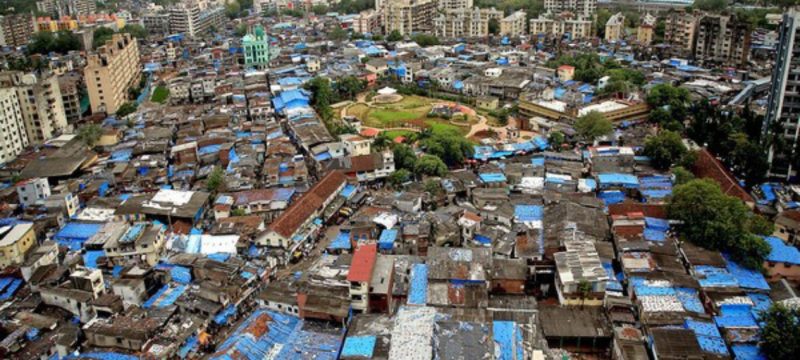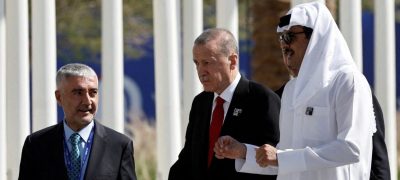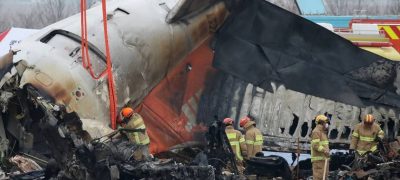In Mumbai, Dharavi slum, the largest in Asia, is now up for sale. A redevelopment project aims to transform the settlement into a modern residential and commercial hub. For thousands of families, however, this change means losing their homes and a long way of life.
Stencilled red marks on doors and walls have become symbols of eviction notices. For people like 58-year-old Bipinkumar Padaya, the message is clear—time is running out. “I was born here, my father was born here, and my grandfather was born here,” he said. His words reflect the sentiments of many families who have lived in Dharavi for generations.
The Dharavi slum is home to nearly a million residents. Many of them run small workshops and businesses that supply goods across India and abroad. The redevelopment plan, worth billions of dollars, seeks to replace the crowded lanes with new high-rise buildings, offices, and shops. Supporters believe this project will modernize Mumbai, while critics fear it will erase history and livelihoods.
Local officials claim the redevelopment will improve living standards by providing better housing, sanitation, and infrastructure. Yet residents remain divided. Some welcome the idea of modern flats, while others worry about losing their community identity. The question of fair resettlement continues to spark debates between the government, developers, and citizens.
This is not the first time India has attempted to redevelop Dharavi. Previous plans failed due to disputes over compensation, relocation, and legal hurdles. However, the current project has gained momentum with backing from major developers and political leaders.
The sale of Dharavi slum also highlights broader issues of urban development in India’s financial capital. Mumbai faces increasing pressure to balance modern infrastructure with the needs of its poorer communities. As the city grows, the tension between tradition and modernization becomes sharper.
Across Asia, urban transformation projects have been reshaping skylines. For example, China recently opened the world’s highest bridge, showcasing how infrastructure and development can redefine cities. Read more here. The Dharavi redevelopment, however, is unique because it is not just about buildings—it is about people, history, and survival.
For now, residents live with uncertainty. Some prepare for relocation, while others continue their daily routines in narrow lanes filled with workshops, markets, and homes. Dharavi slum in Mumbai remains a symbol of resilience, but its future lies in the hands of developers and policymakers.







